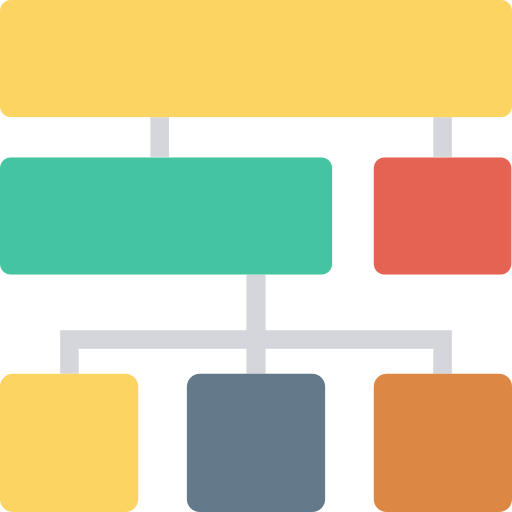Terminologies

Definitions & breif explinations of multiple security terms used in the maturity model.

Defense in depth
An approach based on the idea do not depend on a single device, technique, vendor, approach etc to protect yur company. no, use differnt security technologies, differnt layers, IDSs, firewalls etc from different companies and vendors so if one is hacked you still have others to protect.

Patch management
Deploying software patches as soon as possible after discovering a software vulnerability can reduce the risk of an attack. The longer the patch process takes, the higher the risk of a zero-day attack occurring.

MITRE ATT&CK® Framework
Stands for MITRE Adversarial Tactics, Techniques, and Common Knowledge (ATT&CK). The MITRE ATT&CK framework is a curated knowledge base and model for cyber adversary behavior, reflecting the various phases of an adversary's attack lifecycle and the platforms they are known to target. The tactics and techniques abstraction in the model provide a common taxonomy of individual adversary actions understood by both offensive and defensive sides of cybersecurity.

Threat Intelligence
Data that is collected, processed, and analyzed to understand a threat actor’s motives, targets, and attack behaviors. Threat intelligence enables us to make faster, more informed, data-backed security decisions

The secure access service edge (SASE)
Pronounced like "sassy" is a framework identified by Gartner as a means to securely connect entities such as users, systems, and endpoint devices to applications and services that may be located anywhere. Crucially, SASE is not one technology.

Persistence
Consists of techniques that adversaries use to keep access to systems across restarts, changed credentials, and other interruptions that could cut off their access.

Quality of service (QoS)
The use of mechanisms or technologies that work on a network to control traffic and ensure the performance of critical applications with limited network capacity. It enables organizations to adjust their overall network traffic by prioritizing specific high-performance applications.